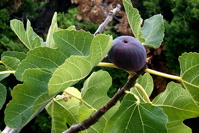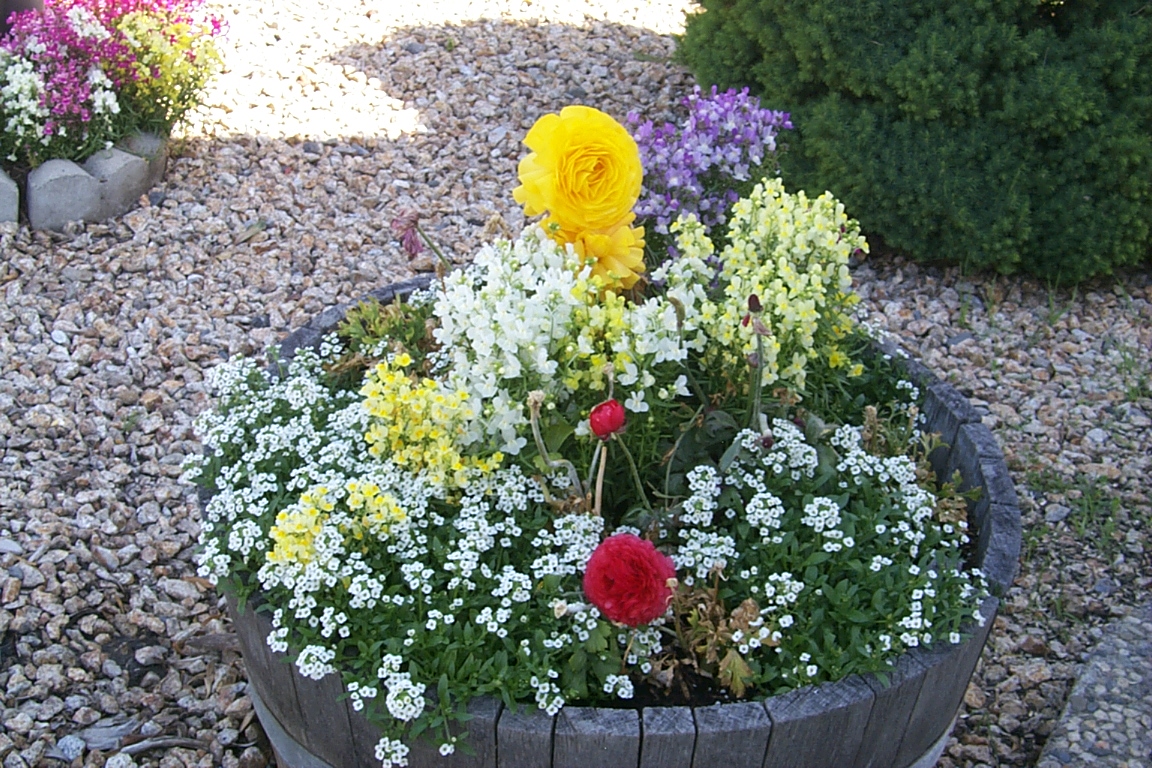Roses from the Santa Cruz County Fair
Cleaning off my desk today (the eternal struggle), I found the list of roses I noted from the exhibits at the Santa Cruz County Fair this year. All of these are lovely, and all are fragrant unless otherwise noted. HT is hybrid tea. SRC are the ones I starred on the list, meaning I really, really, REALLY loved them.
- Disneyland, HT, deep rich orange
- Sundance, HT, orange tipped
- Michaelangelo, HT, lemon, exquisite! SRC
- Shining Hour, HT, yellow
- Garden Party, white, especially nice shape
- Midnight Blue Mauve, blackish-blue (looks nicer than it sounds)
- Othello, dark, David Austin rose
- Gemini, no scent, white with red edges
- Daybreaker, pink/yellow, gloriously shaded SRC
- Flirtations, pink/yellow, ruffled SRC
- Peppermint Twist, no scent, lovely red/white variegated
- Purple Tiger, intensely sweet fragrance, purple/white variegated
I have photos of some, which I'll try to catch up on and post later. Somwhere I have notes on minatures and on dahlias, which are in another pile of paper somewhere! One dahlia was mentioned on this list, tacked on after the roses: 'Vernon Rose', a truly giant big-as-your-face type dahlia. Wow. Corralitos Gardens had some truly spectacular dahlias on exhibit, and I need to figure out where I can put dahlias for 2006, because I really want to grow some next year. I don't need the humungous ones, but there are scads of lovely tangerine-sized ones, which arrange well with other things.















